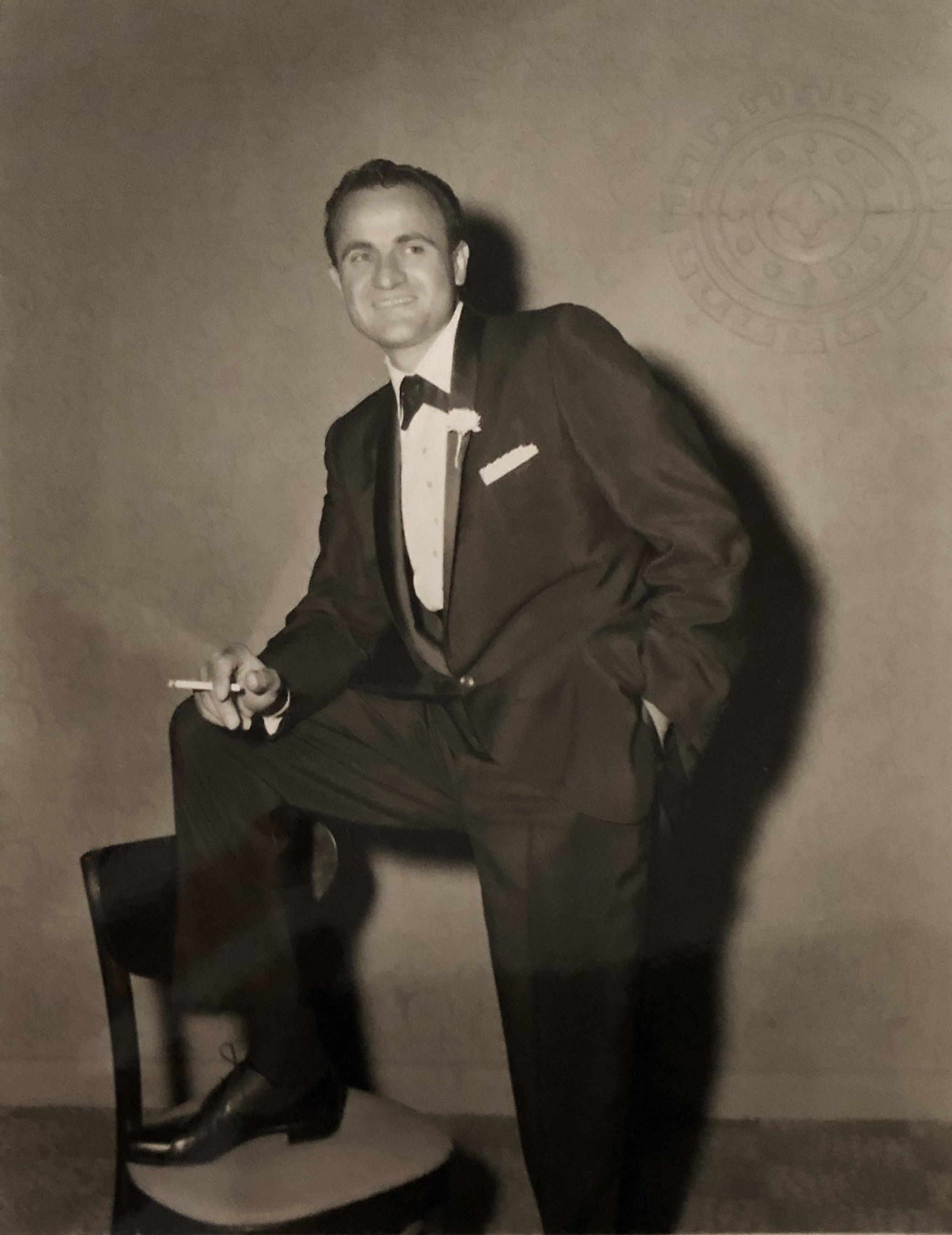Merrick Gay Account Books
A successful merchant from Gaysville, Vermont, Merrick Gay (1802-1866) operated a general store in his village for many years, later establishing a woolen factory. Gay served his community variously as postmaster, town clerk, and state senator.
These two daybooks document Gay’s business transactions with local individuals and firms and with the Town of Stockbridge and Narrows School District. The entries record the name of each customer, the method and form of payment (cash and goods), and Gay’s purchases, including labor costs for hauling freight.


